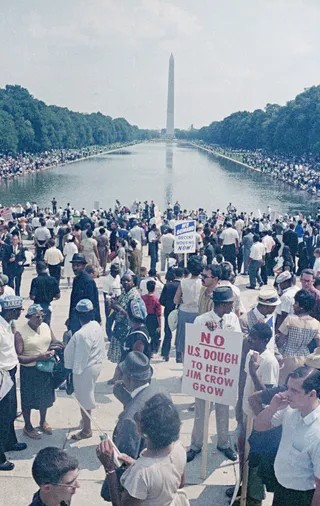The 1963 March on Washington in Color
Most images of the day are in black and white, but BET.com obtained a collection of archival photos of the day.
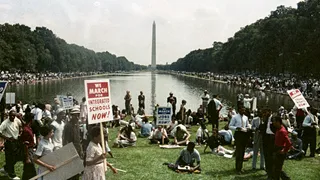
1 / 20
The morning of Aug. 28 1963 would see 250,000 people converge on Washington D.C. for what was called the March on Washington for Jobs and Freedom.
Photo By Bettmann Archive/Getty Images)
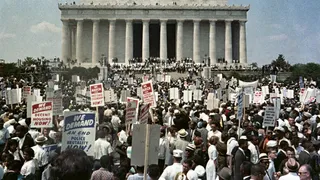
2 / 20
Participants represented many causes ranging from labor to the church, to education or charities, or just their families.
Photo By Bettmann Archive/Getty Images
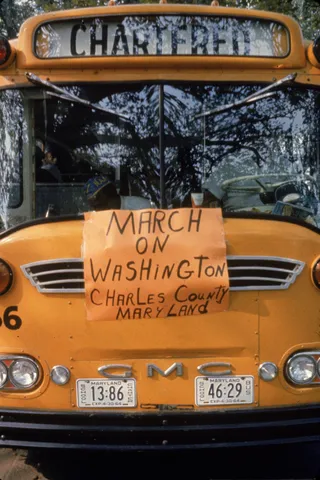
3 / 20
People traveled by charter buses, while others came by plane or train. Many just drove their cars.
Photo By Bob Parent/Getty Images
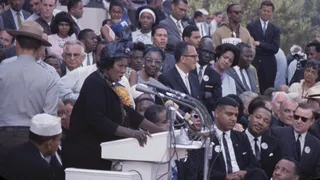
4 / 20
Marchers gathered in front of the Lincoln Memorial to listen to Mahalia Jackson and others sing freedom songs.
Photo By Bob Parent/Getty Images

5 / 20
But they also listened to speeches by Whitney Young, John Lewis and many more, demanding justice and human rights.
Photo By Bob Parent/Getty Images
ADVERTISEMENT
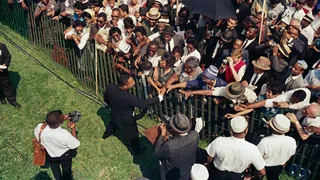
6 / 20
Prior to giving his famous address, Rev. Martin Luther King Jr., shook hands with people who had come to hear him.
Photo By Bettmann Archive/Getty Images
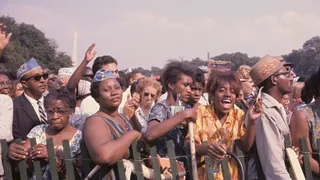
7 / 20
The vast majority of marchers were ordinary people, who had come from their homes to join as one voice.
Photo By Bob Parent/Getty Images
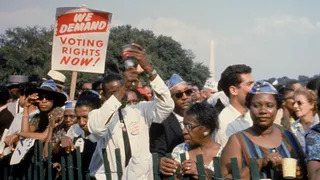
8 / 20
Voting rights were a hotbed issue and the crowds consistently chanted “pass the bill,” referring to the Voting Rights Act, which was still two years away from passage.
Photo By Bob Parent/Getty Images
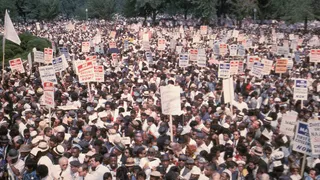
9 / 20
“I came because we want our freedoms and we want our jobs and other things. What’s it going to take to have our freedom? We want the opportunity to have the same things the White people have.” – Percy Lee Atkins, Clarksdale, Miss.
Photo By Bob Parent/Getty Images

10 / 20
Activist Bayard Rustin, who collaborated with labor leader A. Phillip Randolph to organize the march, pulled 200 people together to plan, raise money and spread awareness, all in less than three months.
Photo By Bob Parent/Getty Images
ADVERTISEMENT
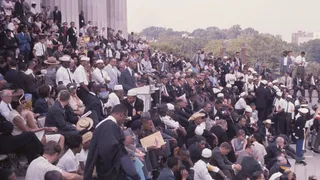
11 / 20
The march was originally supposed to happen in 1941 when Randolph demanded an end to segregation in the defense industry. But President Franklin D. Roosevelt issued an executive order ending discrimination in the industry and the march was called off.
Photo By Bob Parent/Getty Images
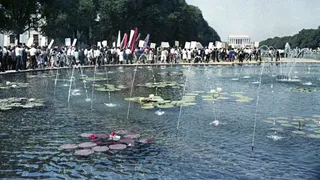
12 / 20
The 83-degree summer temperature in Washington that day provided more incentive for marchers to come.
Photo By Bettmann Archive/Getty Images
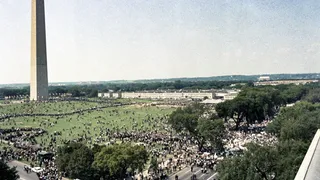
13 / 20
Many who were there remember the march as a peaceful and tranquil day, but there were other protests, including one at the Justice Department over jailing of SNCC activists.
Photo By Bettmann Archive/Getty Images

14 / 20
The march was a well organized execution that was supported, reluctantly, by President John F. Kennedy. But he charged his brother, Attorney General Robert F. Kennedy with coordinating with organizers on security and other issues.
Photo By Bettmann Archive/Getty Images
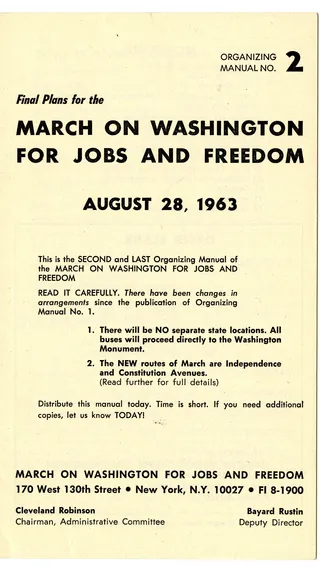
15 / 20
Photo By Heritage Art/Heritage Images via Getty Images
ADVERTISEMENT
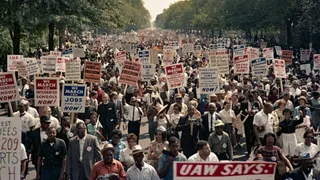
16 / 20
“We here today are only the first wave. When we leave, it will be to carry the civil rights revolution home with us into every nook and cranny of the land, and we shall return again and again to Washington in ever growing numbers until total freedom is ours.” – A, Phillip Randolph.
Photo By Bettmann Archive/Getty Images
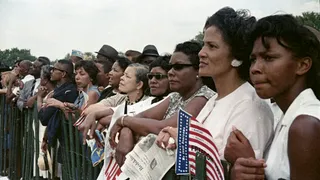
17 / 20
Women played a critical role in organizing the march, but were largely silenced. People like Anna Hedgeman and Dorothy Height did as much of the legwork as any man involved but none were granted a platform to speak.
Photo By Bettmann Archive/Getty Images
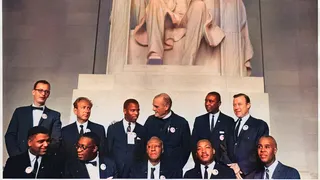
18 / 20
Floyd McKissick, Walter Reuther, Roy Wilkins, Eugene Carson Blake, Rabbi Joachim Prinz, were just some of the many names that joined King in leading the march.
Photo By Gado/Getty Images
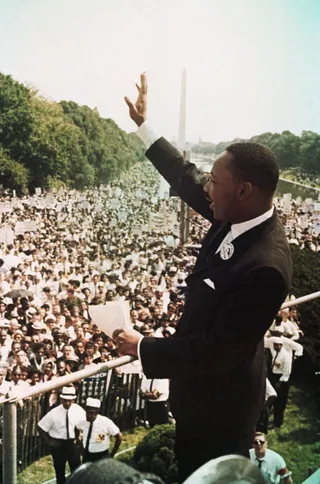
19 / 20
King was the tenth and final speaker that day. His ‘I Have Dream” speech was originally titled “Normalcy, Never Again.” The dream segment was an ad-lib encouraged by Mahalia Jackson. But the speech was not about a dream at all, but rather focused on what America owed its Black citizens.
Photo By Bettmann Archive/Getty Images
